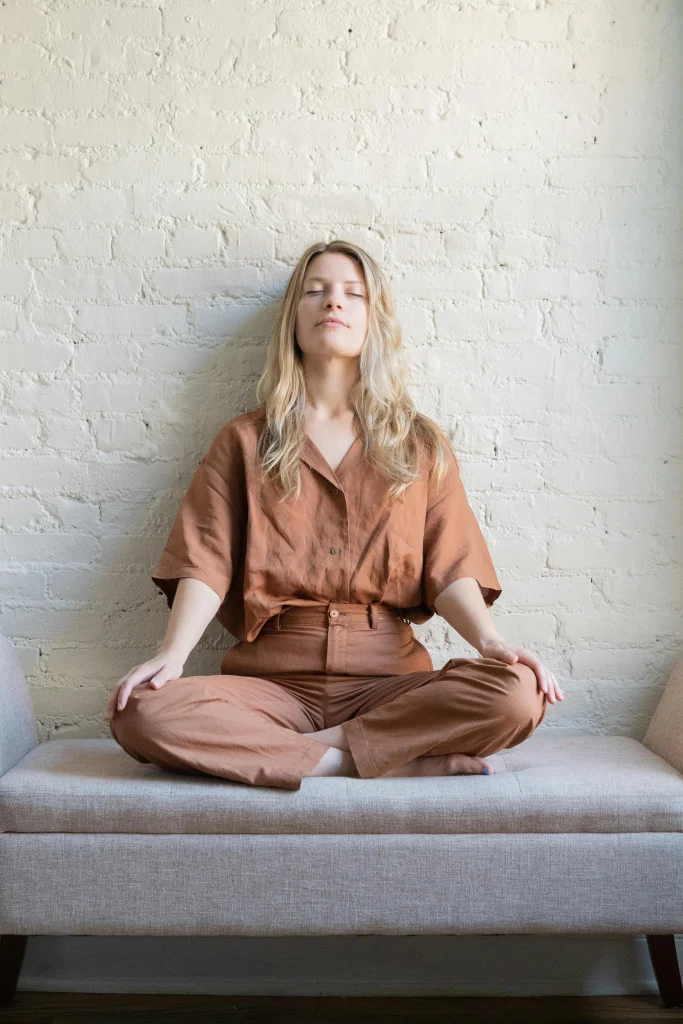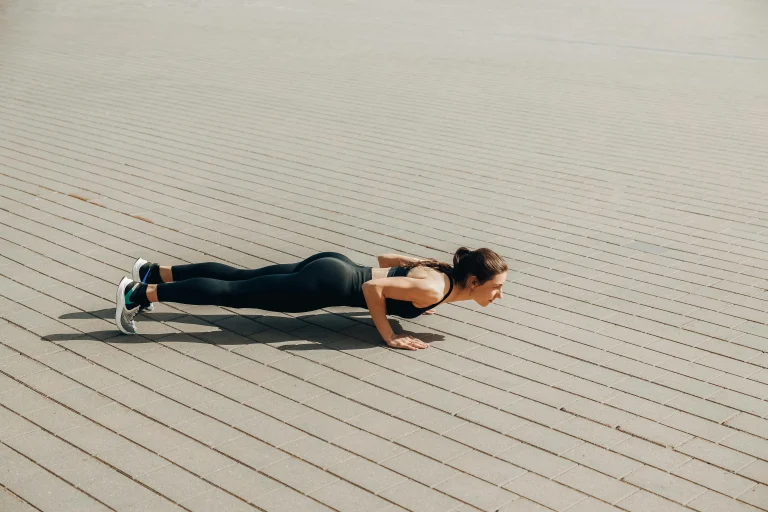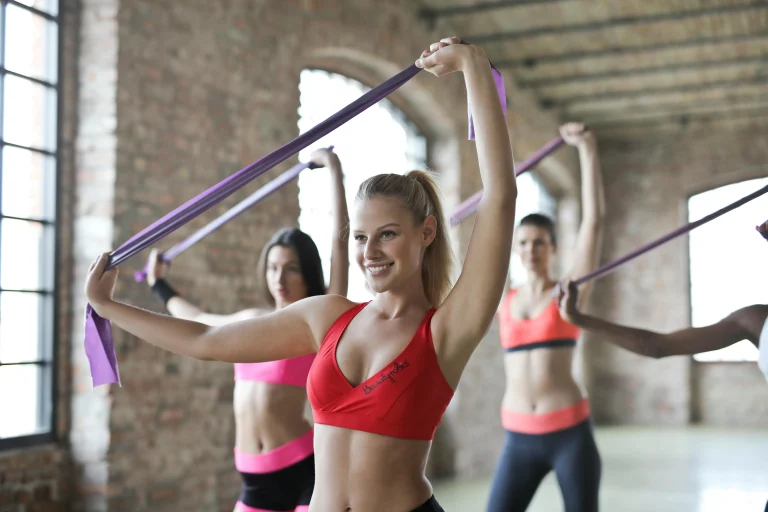In yoga, breath is more than just something that happens in the background it’s the thread that ties everything together. When you move in sync with your breath, your practice becomes smoother, more focused, and more grounded. It’s not just about doing the poses; it’s about how you move through them.
Whether you’re new to yoga or looking to deepen your flow, learning how to pair breath with movement is one of the most powerful ways to elevate your practice. Let’s break it down.
Why Breath Is the Real MVP in Yoga
Breath is the quiet guide that keeps your body and mind connected. In yoga, it’s called pranayama, and it’s used to regulate energy, calm the nervous system, and help you stay present. When you match your breath to your movement, everything starts to feel more intentional.
Here’s what syncing breath and movement can do:
- Help you stay focused and in the moment
- Improve oxygen flow to your muscles
- Make transitions feel smoother and more natural
- Reduce tension and help prevent injury
- Support emotional balance and calm
Think of breath as your internal metronome it sets the pace and keeps you grounded.Your Weekly Wellness Boost
How to Match Breath with Movement
Most yoga flows follow a simple rhythm: inhale to expand or lift, exhale to fold or ground. It mirrors how your body naturally moves—lungs expand on the inhale, and the body opens; lungs contract on the exhale, and the body folds inward.
Here’s how it plays out:
- Inhale: Reach up, open the chest, lift the spine
- Exhale: Fold forward, twist, sink into the mat
Examples:
- Inhale to rise into Mountain Pose
- Exhale to fold into Forward Bend
- Inhale to lift into Cobra
- Exhale to press back into Downward Dog
Once you get the hang of it, your breath becomes the cue for every movement.
Breath Techniques That Support Your Flow
Different styles of yoga use different breath techniques. Some energise, some calm, and some help you stay steady through challenging poses. Here are a few you’ll come across:
| Technique | How It Works | Best For |
|---|---|---|
| Ujjayi (Ocean Breath) | Slight throat constriction creates a soft, steady sound | Vinyasa, Power Yoga, flowing sequences |
| Belly Breathing | Deep breaths that expand the belly, not the chest | Restorative, Yin, grounding practices |
| Sama Vritti (Equal Breath) | Inhale and exhale are the same length | Balance, focus, calming the mind |
| Alternate Nostril Breathing | Breathing through one nostril at a time | Pre-practice centering or post-flow wind-down |
These techniques aren’t just for yoga they’re great tools for everyday stress, too.
Common Breath Mistakes (And How to Fix Them)
Even experienced yogis lose track of their breath sometimes. It’s easy to get caught up in the movement and forget to breathe. Here are a few common slip-ups and how to adjust:
- Holding your breath: Happens in tough poses. Try slowing down and focusing on belly breathing.
- Breathing too fast: Can make you feel tense. Match your breath to your movement—don’t rush.
- Forcing deep breaths: Breath should feel smooth, not strained. Let it flow naturally.
- Skipping breath cues: If you’re in a class, listen for the teacher’s breath prompts—they’re there to help.
The goal isn’t perfect breathwork it’s awareness. Just noticing when your breath gets shallow or disconnected is a win.
How to Make Breathwork Part of Your Routine
Like anything in yoga, breathwork gets easier with practice. Start small, stay consistent, and let it become second nature.
Here’s how to build it in:
- Begin each session with a few minutes of quiet breathing
- Use breath cues to guide your transitions between poses
- End with a calming breath technique like Equal Breath or Alternate Nostril
- Try breathwork outside of yoga during walks, stretching, or even while cooking
Over time, your breath becomes the anchor not just for your practice, but for your day.







